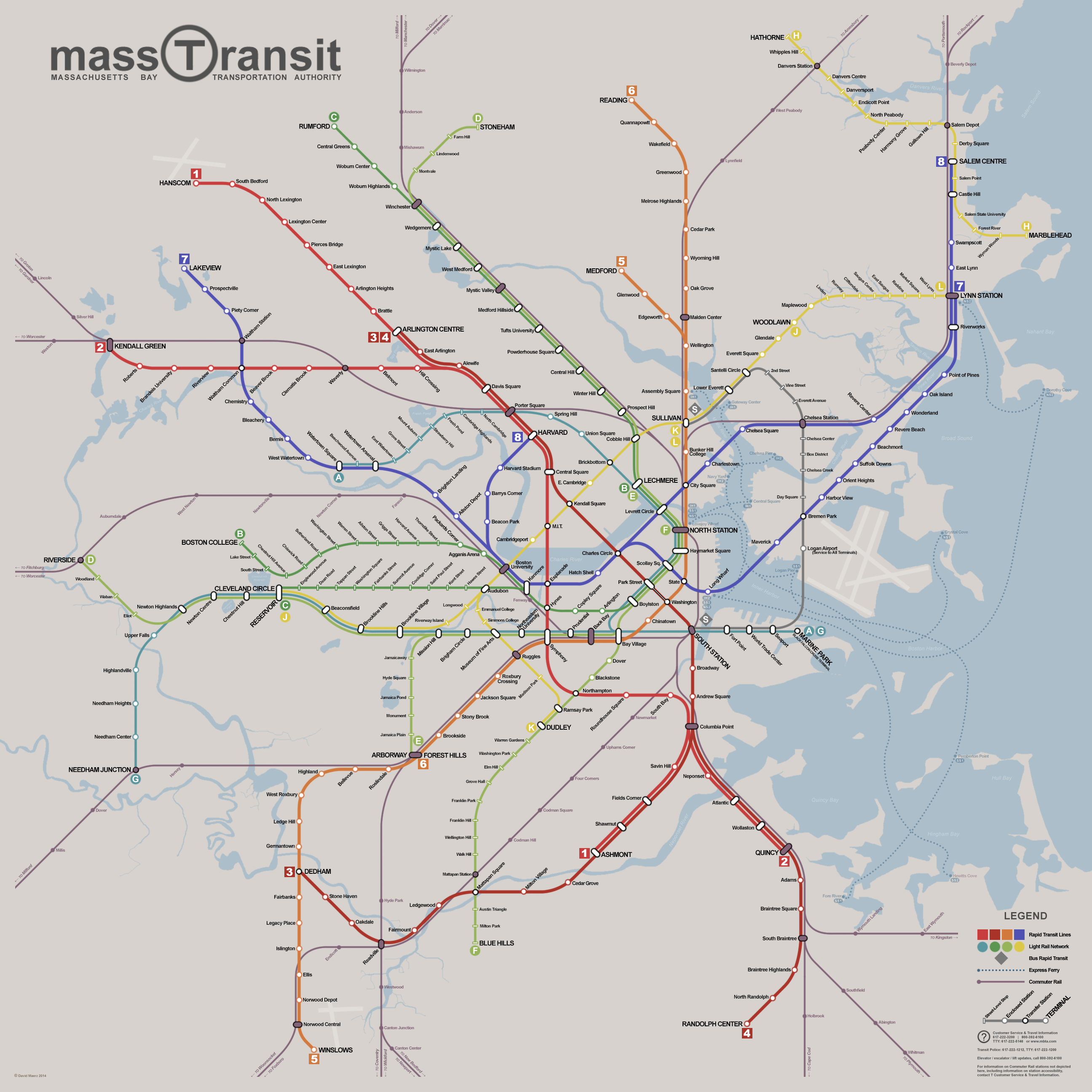Here are some of the thoughts that brought me to believe in the Bay Village connection. Remember, I was an avid Essex fanboy for years, and argued with F-Line about it a lot.
Project Goals (please tell me if you think they are different)
:
1) Avoid adding new traffic to Park and Gov't Center
2) Connect the Seaport to the Back Bay
3) Reactivate the Tremont Tunnel for Dudley light rail
4) Retire Copley Junction
The Essex street alignment does 2 very, very well, and 1 somewhat well. It does nothing for 3 and 4. Also, whatever line is rerouted to the Seaport doesn't get a Blue Line connection. There are also construction issues:
-PO Square provision is for inbound track only, unless an at-grade junction is constructed.
-The outbound track would probably separate reusing the old Arlington portal, requiring underpinning the green line tunnel and digging next to the burial ground.
-The new tracks would have to dive two levels down, below the abandoned tremont tunnel.
-The new station would be very deep, and would require underpinning Boylston station, the out of service junction, and the orange line.
-Essex is very narrow, the footprint of the new station would stretch from foundation to foundation of the existing buildings
-The historic buildings are susceptible to shifting, look at what just drilling an elevator shaft did to the church at Arlington.
-Undocumented utilities that would rival the Big Dig
The Bay Village routing does 1 a bit better than Essex, as if a train from Union/West Medford short turns it would do so at Bay Village, meaning that people don't get tossed off at the Brattle Loop.
It does 2 worse, because while Copley=Back Bay and Hynes=Prudential (access to the Hynes Convention Center is actually superior at Prudential, you don't have to go outside), there is no Arlington equivalent, and it misses Fenway and Kenmore.
Most importantly, it does 3, and 4. If you go via Essex, if you want to do 3 and 4 it's a completely unrelated project, while via Bay Village it's a tack-on. Although it's only a tangent benefit, you also get a one seat North-South connection.
To touch on the Red Line connection thing: yes, via Bay Village people coming through the Boylston tunnel would continue to transfer at Park. However at least one line that presently does would be routed to South Station, lightening the load. People coming from Union/West Medford who want to get to the Red Line would also transfer at Park. However if they are going to South Station or the Seaport, they are going to sit on their butts and ride an extra two stops. It has been proven time and time again people prefer a one seat ride to a transfer, even if it's longer. Not to mention, a hypothetical Union-Porter extension would make half that issue moot.
TL;DR, If your only goal is to connect the Seaport to the Back Bay, then going via Essex is superior. If your goal is to do the above, plus Dudley, retiring Copley Junction, easing construction issues, than Bay Village is superior,
even if the routing is slightly more convoluted.
Perfection should not be the enemy of the good.
Below is a copy of my Crazy Transit Map. I'm posting it because I think it does a good job of outlining the benefits of the Bay Village connection. Pretend you are using it to go to various destinations, I think you will see that overall transfers at Park do decrease, while also maintaining existing commuting patterns. For the sake of keeping this thread uncluttered, please refrain from discussing things not directly related to the Green Line:

